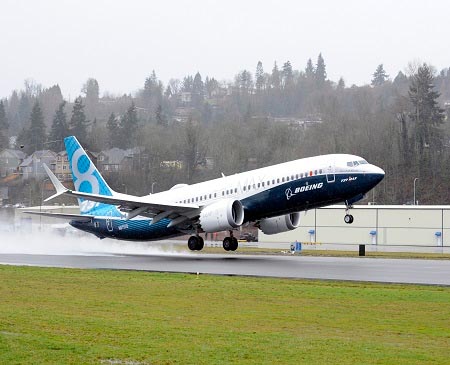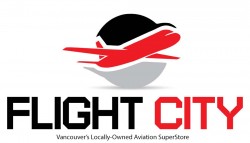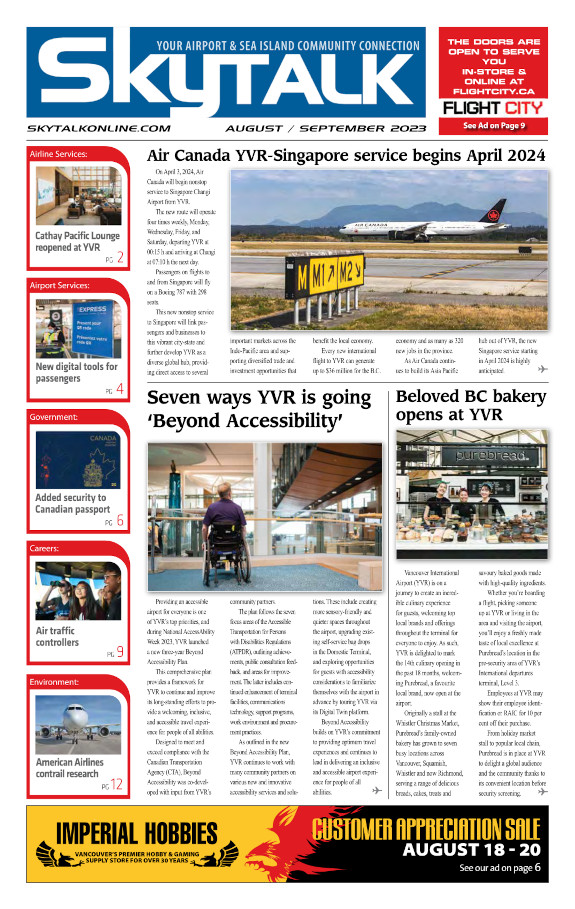On January 29, 2016, the Boeing 737 MAX 8 took to the skies for the first time. This marked the beginning of a comprehensive flight-test program leading to certification and delivery.
With the latest technology LEAP-1B engines from CFM International and Boeing-designed Advanced Technology winglets, the first member of the 737 MAX family completed a two-hour, 47-minute flight, taking off from Renton Field in Renton, Wash., at 9:46am local time and landing at 12:33pm at Seattle’s Boeing Field.
During the flight, 737 MAX chief pilot Ed Wilson and Boeing chief test pilot and vice president of flight operations Craig Bomben departed to the north, reaching a maximum altitude of 7,620 metres and an airspeed of 250 knots, or about 463 kilometres per hour typical of a first flight sequence.
While Capts. Wilson and Bomben tested the airplane’s systems and structures, onboard equipment transmitted real-time data to a flight-test team on the ground in Seattle.
“The flight was a success,” said Wilson. “The 737 MAX just felt right in flight giving us complete confidence that this airplane will meet our customers’ expectations.”
With the other three members of the 737 MAX 8 flight-test fleet currently in different stages of final assembly, the 737 MAX remains on track for first delivery to Southwest Airlines in the third quarter of 2017.
The 737 MAX 8 is the first member in Boeing’s new family of single-aisle airplanes—the 737 MAX 7, MAX 8, MAX 200 and MAX 9—to begin flight testing.
According to Boeing, the 737 MAX will extend the Next-Generation 737 range advantage with the capability to fly more than 6,510 kilometres, an increase of 629-1,055 kilometres over the Next-Generation 737.
Boeing reports the 737 MAX family has 3,072 orders from 62 customers worldwide.







